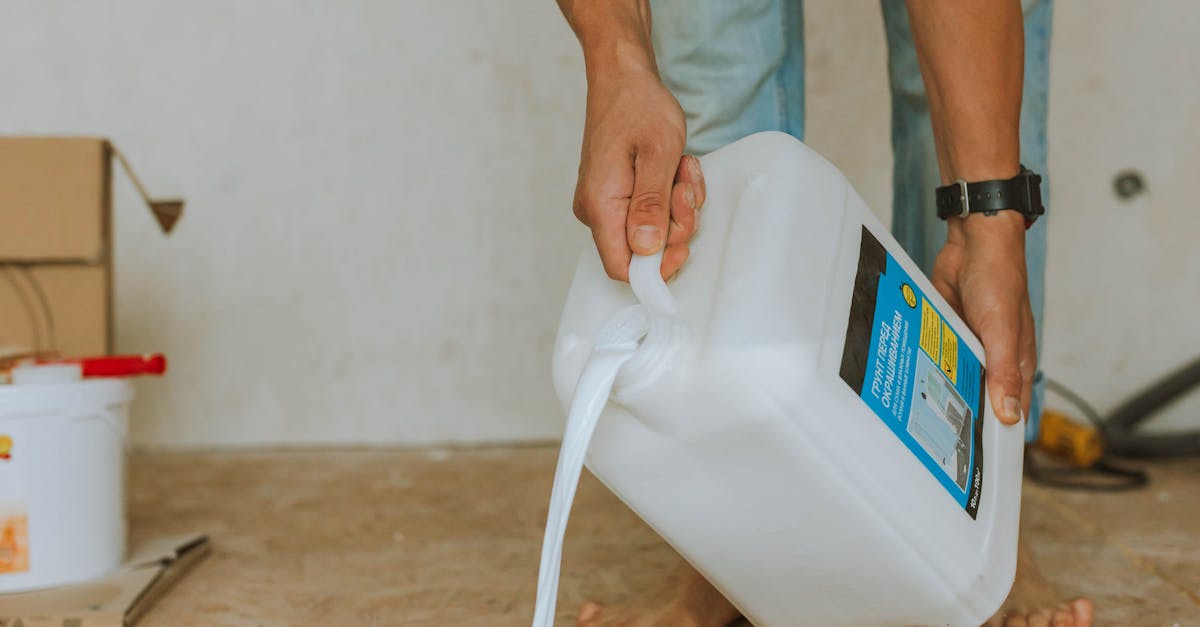
Installing Shims for Support
Floor Repair often involves addressing uneven surfaces to restore stability and create a level foundation for flooring installation. One effective method to achieve this is by using shims, which are thin wedges made from wood or composite materials. Properly placed shims can fill gaps and provide support beneath the floor joists. This approach helps to lift sagging areas and compensate for low spots, ultimately creating a more even surface suitable for laying down new flooring.
To install shims effectively, first identify the areas that require support. Using a level, assess the floor to pinpoint uneven sections. Once identified, carefully slide shims into the gaps beneath the affected joints. Ensure they are positioned tightly against the joist to avoid any movement over time. After placing the shims, check the floor’s level again to confirm that the adjustments have been effective. If necessary, additional shims can be added for further support until the desired level is achieved. Proper installation of shims can significantly enhance the overall stability and longevity of your flooring.
How to Properly Position and Secure Shims
When engaging in floor repair, the correct positioning of shims is crucial for stabilizing the structure. Begin by identifying the low spots in your floor. Use a level to determine how much lift each area requires, ensuring that your measurements are accurate. Once you pinpoint these spots, carefully slide the shims underneath the flooring joists, starting at the edges and working toward the center. This gradual approach helps distribute weight evenly and maintains balance in the overall framework.
After placing the shims, securing them is essential to prevent movement or compression over time. Utilize wood screws or construction adhesive to anchor the shims firmly against the joists. If the shims are loose or shift during installation, they may not provide the necessary support, compromising the floor's integrity. Periodically check your work with a level as you proceed, ensuring that each shim contributes effectively to leveling the surface.
Laying Down New Flooring
When dealing with an uneven floor, laying down new flooring requires careful planning and preparation. Before installation, assess the floor’s condition and determine if any necessary repairs, such as floor repair techniques or shimming, have been adequately addressed. If the unevenness is minor, using an underlayment can help to create a smoother surface for the new flooring. This layer acts as a buffer, providing cushioning and insulation, while also ensuring a more level foundation for the planks or tiles.
Properly chosen flooring materials can make a significant difference in the installation process over an uneven surface. Select flooring types that are more forgiving, such as vinyl or laminate, as they can alleviate some of the challenges posed by imperfections in the subfloor. Additionally, ensure that the flooring planks are acclimated to the room's temperature and humidity before installation. This practice helps prevent warping or buckling post-installation, contributing to a more lasting and visually appealing floor.
Best Practices for Installing Flooring Over Uneven Surfaces
When installing flooring over uneven surfaces, it is essential to assess the extent of the unevenness. A thorough inspection helps determine if minor adjustments or significant floor repair is required. Shims can provide a temporary solution for slight variations, ensuring a stable base for floor installation. Balancing the height of the shims across the area can help create a more uniform surface, contributing to a smoother finish once the flooring is laid.
Selecting the right type of flooring material also plays a critical role in addressing uneven floors. Some materials, like vinyl or laminate, are more forgiving and can accommodate minor imperfections better than others. It is advisable to opt for underlayment that can absorb some of the irregularities while providing insulation and soundproofing. Taking these steps helps achieve a more aesthetically pleasing result and prolongs the life of the flooring installation.
Using Floor Jacks for Significant Issues
When addressing significant floor unevenness, utilizing floor jacks can offer a practical solution. These devices are designed to lift sagging or sunken areas of the floor while providing sturdy support. The process often begins with identifying the specific spots that require adjustment. Then, strategically placing the floor jacks allows you to elevate the floor to a more level position. This method is particularly effective for foundation issues or when dealing with extensive wear over time.
Safety is paramount during floor repair when using floor jacks. It's critical to ensure that the jacks are placed on solid beams or joists to prevent further damage to the flooring structure. Adjust the jacks slowly and evenly to avoid abrupt shifts that could lead to additional problems. Reinforcing the area with additional support, such as blocking or shimming, will help maintain the newfound level and provide a lasting solution to uneven flooring.
Guidelines for Safely Employing Floor Jacks
Using floor jacks can significantly aid in leveling uneven floors when more substantial support is needed. Before employing floor jacks, it is crucial to identify the specific areas requiring adjustment. Properly assessing the underlying issues, such as sagging beams or excessive moisture, can prevent further complications during the repair process. Once the problem areas are pinpointed, ensure that the jacks are placed on stable surfaces that can handle the load.
When setting up the jacks, keep safety at the forefront. Securely position the jacks beneath the joists or beams that require lifting. Gradually raise the jacks to avoid sudden shifts that could lead to structural damage. Regularly check the alignment and levels as you lift to ensure that the adjustments are uniform across the floor. After making repairs, a thorough inspection will help determine if additional floor repair methods are necessary to address any remaining unevenness.
FAQS
What are shims, and how do they help in repairing uneven floors?
Shims are thin, wedge-shaped pieces of material used to level surfaces. In repairing uneven floors, shims can be placed under flooring or joists to provide additional support and create a level surface.
Is it possible to install new flooring over an uneven floor?
Yes, it is possible, but it is essential to address the unevenness first. Proper preparation, such as installing shims or leveling compounds, is necessary to ensure a stable base for the new flooring.
What types of flooring are best for uneven surfaces?
Floating floors, such as laminate or engineered wood, are often the best choice for uneven surfaces as they can accommodate slight irregularities. However, it’s crucial to ensure that the underlying surface is adequately prepared.
Are floor jacks safe to use for floor repairs?
Yes, floor jacks can be safe when used correctly. It’s important to follow proper guidelines, such as ensuring the jacks are positioned securely and not overloading them, to prevent accidents or damage.
How do I know if I need professional help to repair my uneven floor?
If the unevenness is significant, causing visible sagging or structural issues, or if you are unsure about the repair process, it’s best to consult a professional. They can assess the situation and recommend the appropriate solutions.
